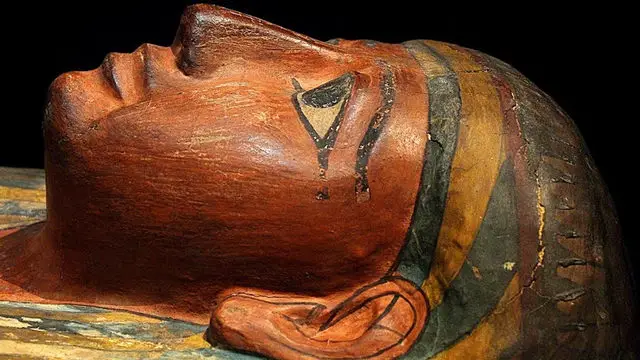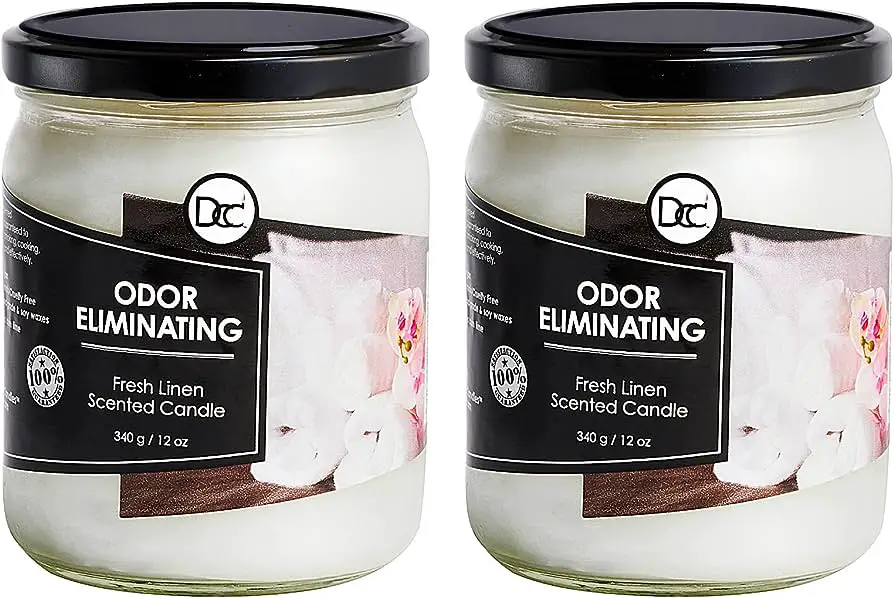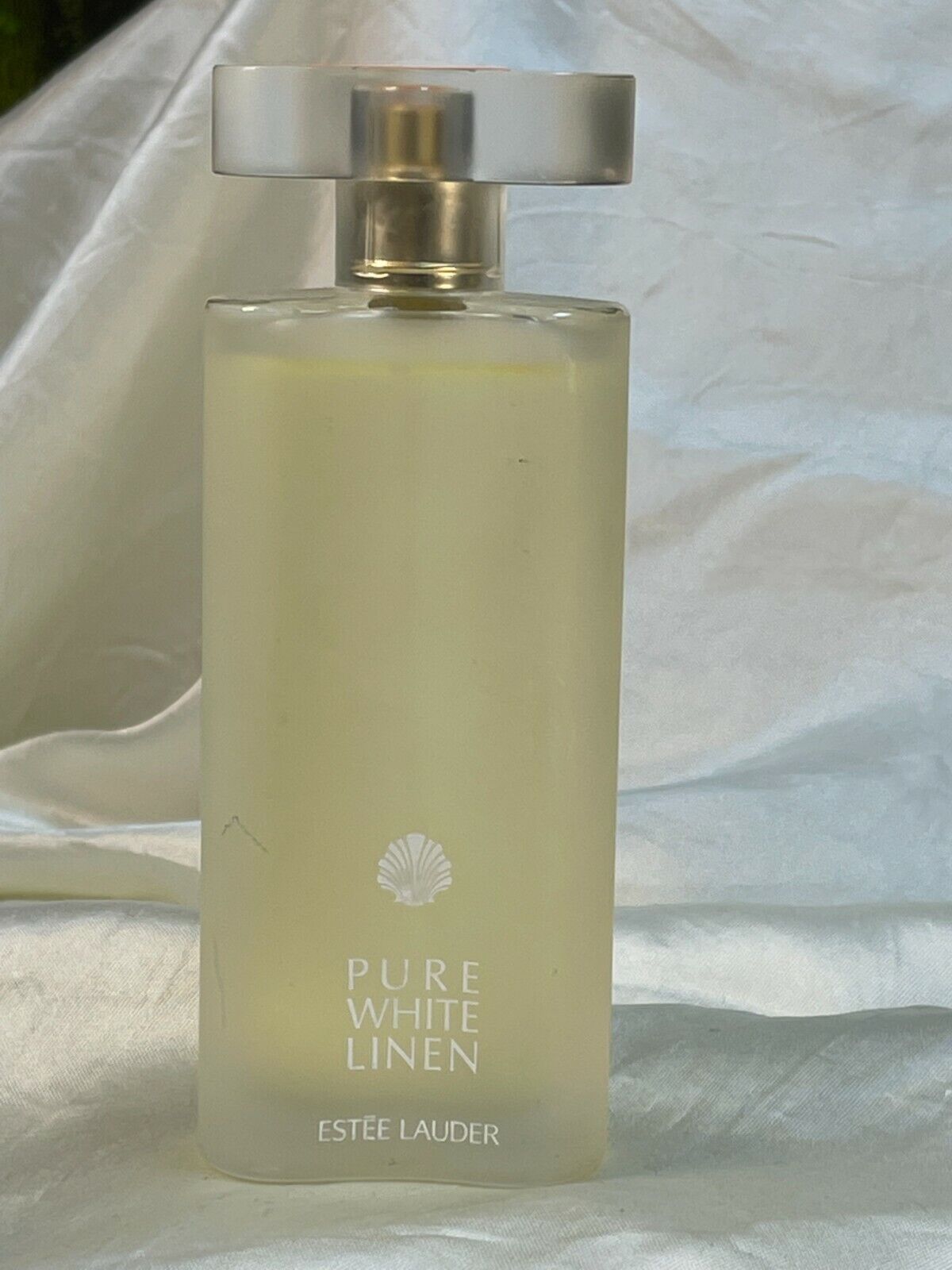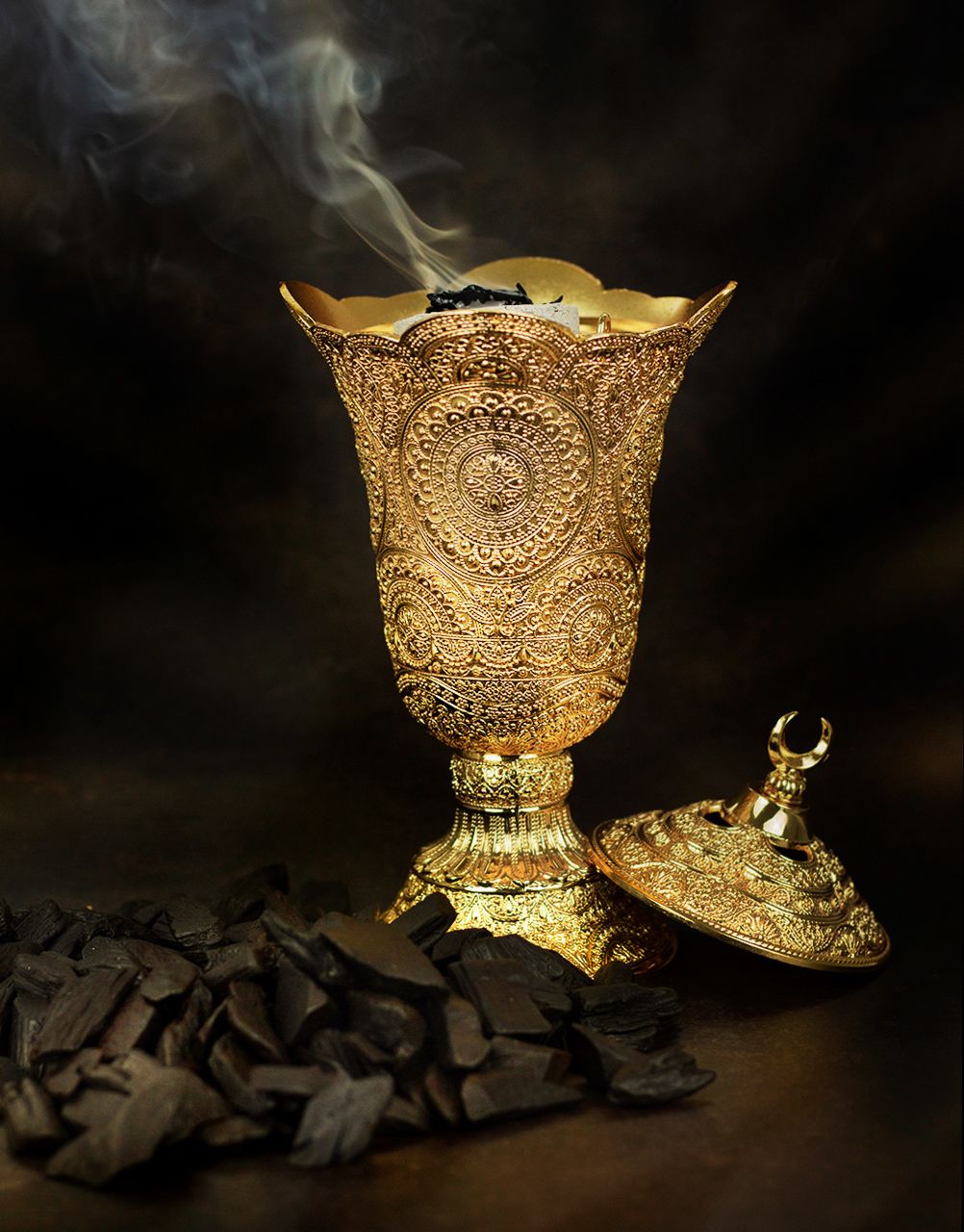Mummies smell like a mixture of old linen, musty earth, and a hint of decay. Mummies emit a distinct odor due to the natural process of decomposition and the preservation techniques used in ancient burial practices.
This scent can be attributed to the decomposition of bodily tissues, the presence of embalming substances such as resins and oils, and the absorption of odors from the surrounding environment over thousands of years. The smell of mummies is often described as a combination of dried herbs, mildew, and a strong, musky aroma.
It is a captivating and unique scent that offers a glimpse into the ancient past and the mysteries of the embalming process. Understanding the olfactory experience of mummies can enhance our understanding of history and provide a sensory connection to ancient civilizations.
The Scent Of Ancient Egypt: Unearthing The Mystery Of Mummy Fragrance
The mystery of mummy fragrance entices historians and scientists alike. Ancient Egypt’s mummies carry a distinctive scent that tells tales of their historical significance. Various factors contribute to this aroma, including the embalming process, the preservation of essential oils, and the materials used in wrapping the bodies.
The aroma of mummies has piqued the curiosity of researchers for centuries. By understanding the scientific basis of mummy odor, we gain insights into the ancient Egyptian culture and their burial rituals. The delicate balance between decay and preservation creates a scent that lingers through time, transporting us back to a civilization long gone.
The aroma of mummies is a fascinating yet enigmatic aspect of Egyptology, reminding us of the intricate knowledge of the ancient Egyptians and the mysteries waiting to be unravelled.
Aromas Of The Underworld: Ancient Egyptian Funerary Rites And Mummification
Ancient Egyptian funerary rites and mummification were steeped in rituals and beliefs. The step-by-step process involved meticulous embalming. Different materials used during embalming had varying impacts on the resulting mummy smell. Resins, such as myrrh and frankincense, were commonly employed to impart a pleasant fragrance to the preservation process.
Other substances, like natron, were instrumental in drying out the body and preventing decomposition. These embalming materials, along with the wrapping of the body in linen strips, combined to create a unique aroma emanating from the mummies. The scent has been described as a blend of fragrant resins, herbs, and the musty smell of aged linen.
While the exact scent may vary, it is undoubtedly an intriguing aspect of the ancient Egyptian civilization that continues to captivate our imagination.
Investigating The Fragrance Of Time: Analyzing Mummy Odor Through Modern Research
Investigating the fragrance of time, we now explore the fascinating topic of mummy odour. Modern research techniques allow us to delve deeper into this captivating subject. Through these methods, we aim to identify the specific chemical compounds responsible for the distinct smell emanating from mummies.
By comparing this odour to that of other decomposed materials, we can gain valuable insights into the preservation process and the unique characteristics of mummy scent. Through our analysis, we hope to shed light on the mysteries of this ancient aroma and provide a more comprehensive understanding of mummies and their olfactory allure.
Capturing The Essence: Recreating Mummy Fragrance For Artistic Purposes
Capturing the essence of mummy fragrance for artistic purposes involves various methods. Replicating the distinct smell requires careful experimentation and research, employing techniques such as chemical analysis and historical documentation. Artistic representations that incorporate mummy scent aim to evoke a sense of connection to ancient civilizations and their rituals.
However, the use of mummy smell in art raises ethical considerations. The practice requires an understanding of cultural sensitivities and respect for human remains. Artists must navigate these concerns, ensuring that their work is respectful and does not offend or harm any community.
Balancing historical accuracy and artistic expression is crucial in these endeavors, fostering dialogue and appreciation for cultural heritage.
The Nose Knows: Perceptions And Reactions To Mummy Odor
Mummies have a distinct aroma that sparks curiosity and intrigue among people. Public opinions on mummy fragrance vary greatly, with some finding it fascinating and others finding it unpleasant. Different cultures attach significance to the smell of mummies, often associating it with ancient rituals and beliefs.
The impact of mummy odor extends to museum visitors and preservation efforts. Some visitors are drawn to the unique scent, while others may find it off-putting. Museums face the challenge of balancing the preservation of mummies with visitor comfort. However, the importance of preserving these artifacts for future generations outweighs any temporary discomfort caused by the smell.
Understanding the cultural and public perspectives on mummy fragrance is crucial in creating an enriching museum experience while maintaining the integrity of these ancient relics.
Smell The History: Exhibition Of Mummies And Sensory Experiences
Visiting a mummy exhibition takes you on a sensory journey through history. Unique experiences await as olfactory elements are incorporated into the displays. Museum visitors can indulge in scent-based interactive activities, enticing both their curiosity and senses. These exhibitions strike a delicate balance between educating the public about ancient civilizations and ensuring their comfort during the visit.
By engaging visitors through smell, the historical significance of mummies is brought to life. The rich aromas provide a deeper connection to the past, making the experience more immersive and memorable. The inclusion of scent-based experiences in mummy exhibitions offers a new perspective, allowing visitors to truly appreciate the fascinating world of ancient civilizations.
Successfully blending education and sensory engagement, these exhibitions open doors to the mysterious allure of mummification.

Credit: www.youtube.com
Frequently Asked Questions
Does Mummification Smell?
Mummification does not produce a smell due to the removal of internal organs and drying process.
What Did Egyptians Smell Like?
Egyptians smelled like a combination of plants, spices, and oils they used for fragrance.
What Was Used To Perfume Mummified Corpses In Ancient Egypt?
Ancient Egyptians used various substances to perfume mummified corpses for preservation purposes.
How Much Does A Mummy Cost?
The cost of a mummy varies depending on the type and condition, ranging from hundreds to millions of dollars.
Conclusion
Mummies may be a fascinating subject, but have you ever wondered what they smell like? Throughout history, mummification has preserved bodies by removing moisture and preventing decay. However, the distinct smell that lingers around mummies is a result of the chemical compounds used during the mummification process.
The most common scent associated with mummies is a blend of resins, herbs, and embalming agents like bitumen. These aromatic substances were carefully chosen to preserve the body and mask any unpleasant odors. The intriguing scent can be described as a mix of mustiness, incense, and spices, with a tinge of earthiness.
The unique fragrance has intrigued scientists and perfume makers alike, leading to the creation of perfumes inspired by ancient Egypt. So, the next time you come across a mummy in a museum or read about them in a book, remember that they not only hold fascinating historical significance but also possess their own distinctive scent, capturing the essence of an ancient world.












